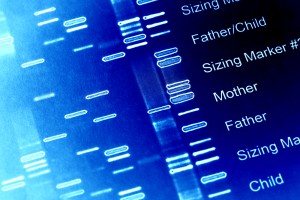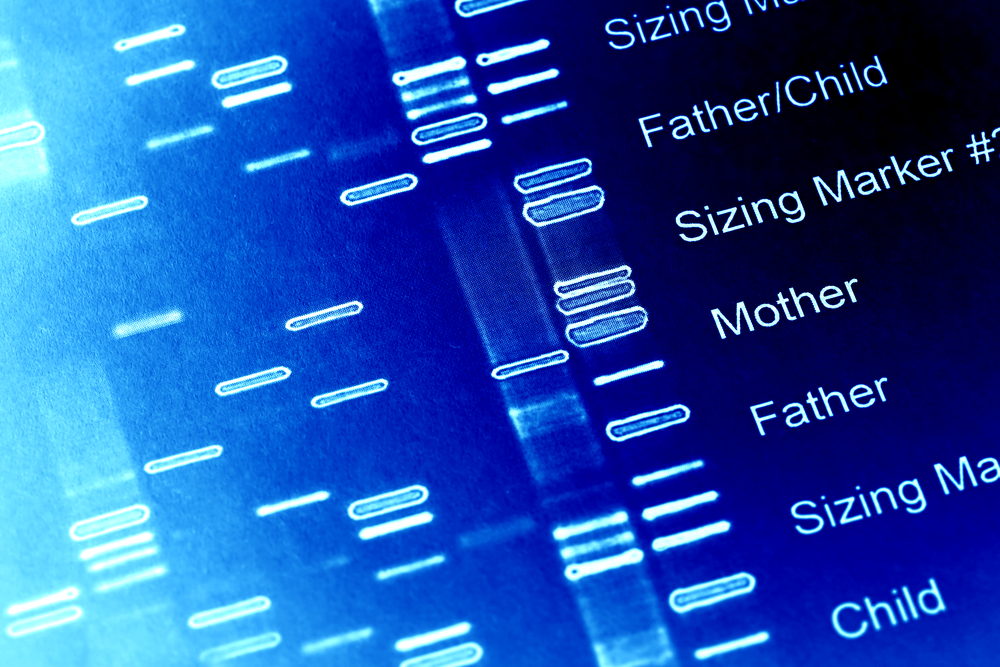 Despite clinical recommendations against using Cytochrome P450 2D6 (CYP2D6) gene expression as a guide for tamoxifen therapy for breast cancer patients, a study from the Mayo Clinic suggests otherwise. The laboratory of Matthew Goetz, MD, writing in the journal article “Loss of Heterozygosity at the CYP2D6 Locus in Breast Cancer: Implications for Germline Pharmacogenetic Studies,” published in Journal of the National Cancer Institute, suggests that the trials on which the recommendations were based were prone to error.
Despite clinical recommendations against using Cytochrome P450 2D6 (CYP2D6) gene expression as a guide for tamoxifen therapy for breast cancer patients, a study from the Mayo Clinic suggests otherwise. The laboratory of Matthew Goetz, MD, writing in the journal article “Loss of Heterozygosity at the CYP2D6 Locus in Breast Cancer: Implications for Germline Pharmacogenetic Studies,” published in Journal of the National Cancer Institute, suggests that the trials on which the recommendations were based were prone to error.
“The potential benefit of CYP2D6 testing is obvious but has been difficult to establish,” said Dr. Goetz in a news release from Mayo Clinic. “One major reason appears to be the lack of analytical validity. We found that if you use tumor tissue to determine the CYP2D6 genotype a patient was born with, you are going to get it wrong a substantial portion of the time.” Dr. Goetz and colleagues showed that up to 45% of breast cancer tumors lose one of the two parental CYP2D6 alleles the patient had at birth, resulting in a loss of heterozygosity.
For this reason, the two large clinical trials that found no link between CYP2D6 genotype and tamoxifen efficacy may have been distorted. The studies used tumor tissue rather than healthy tissue when genotyping, which does not correctly represent that patient’s true CYP2D6 genotype at birth.
Many women with specific genetic deficiencies in CYP2D6 do not metabolize tamoxifen efficiently to produce endoxifen, the active metabolite, as CYP2D6 enzymes are the main drug metabolizing proteins. Controversy concerning CYP2D6 genotype and tamoxifen has been around for a number of years, with studies identifying poor benefit from tamoxifen therapy and high rates of recurrence in women with CYP2D6 deficiencies.
“It is sobering to consider that a decade of work by the oncology community has not produced a clear resolution of the value of CYP2D6 genotype for predicting tamoxifen efficacy,” said James Ingle, MD, co-author and oncologist at Mayo Clinic. “The potential impact of the delay in resolving this issue is quite large in that during this time over half a million women worldwide would have been expected to be poor metabolizers, and, if the relationship between CYP2D6 genotype and tamoxifen efficacy is correct, these women would have been given less than optimal adjuvant therapy had they received tamoxifen.”
[adrotate group=”3″]
The team sifted through genomic tumor data from the Cancer Genome Atlas and Foundation Medicine, two large breast cancer datasets, looking for CYP2D6 genotyping errors in tumor tissues. Over 40% of breast cancer tumors analyzed by the team showed a loss of heterozygosity. Turning next to the NCCTG 9-30-52 tamoxifen trial, the researchers found perfect agreement between CYP2D6 genotypes taken from cheek swabs and non-malignant tissue–starkly contrasting only 80% matching between tumor tissue and cheek swabs.
“We believe that previously published studies should be re-examined in the context of potential genotyping errors, specifically in those studies that utilized tumor tissue as the primary DNA source,” said Mark Ratain, MD, co-author at the University of Chicago. “Given the difficulties of using tumor tissue for genotyping, we also recommend that blood for DNA be routinely obtained in large oncology clinical trials.” This may open the door for tamoxifen therapy to more women who would have been poorly served by adjuvant therapies recommended based on CYP2D6 genotype results.

